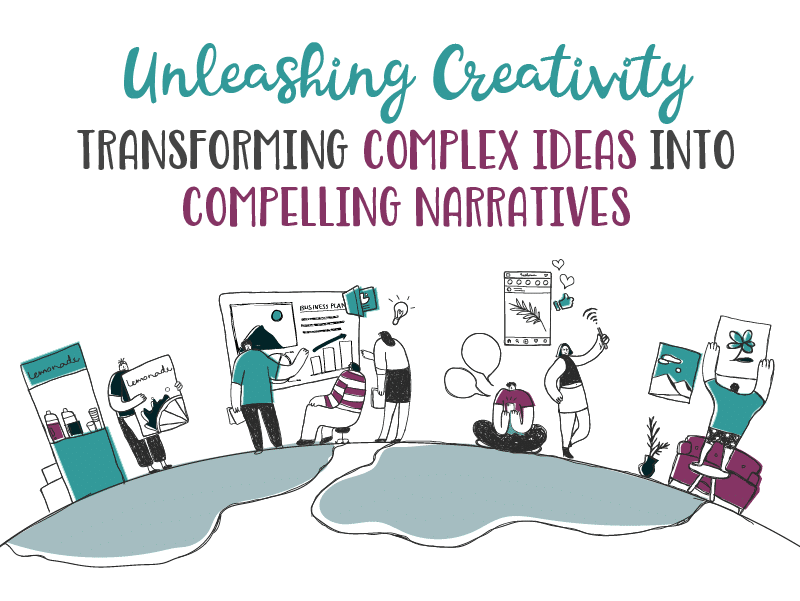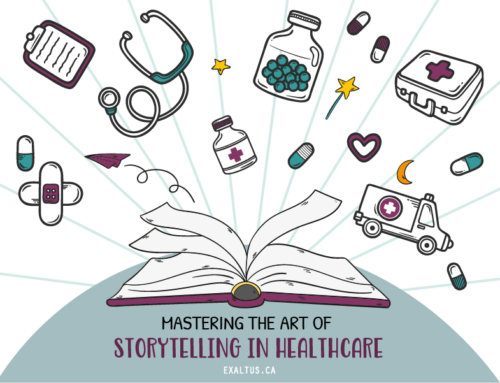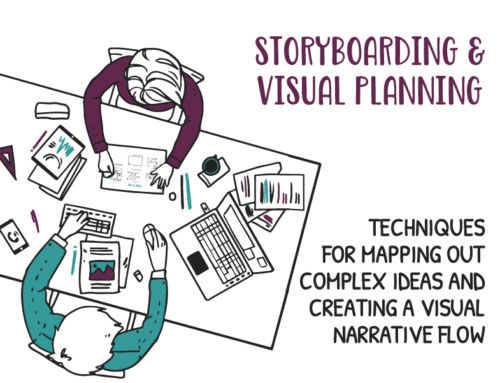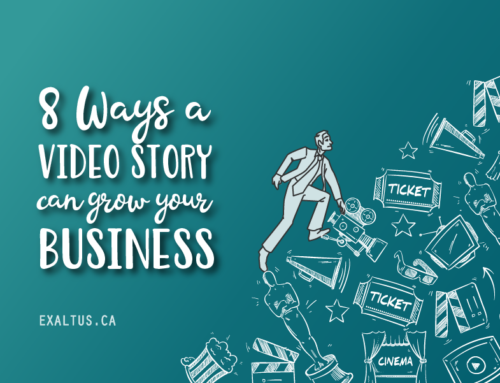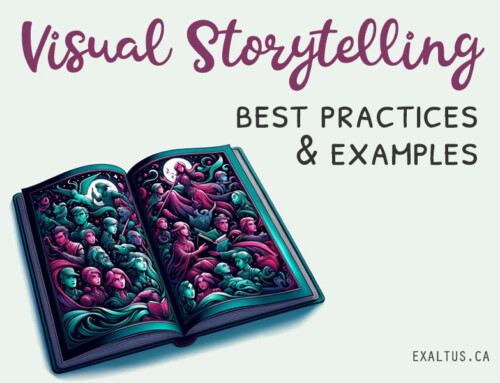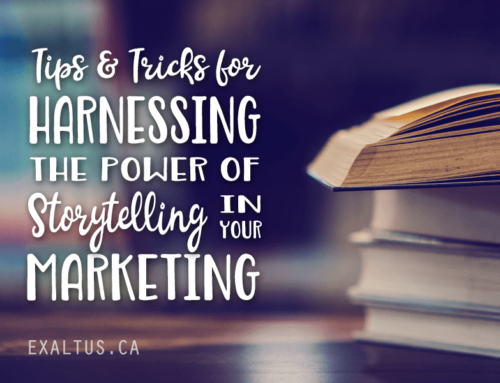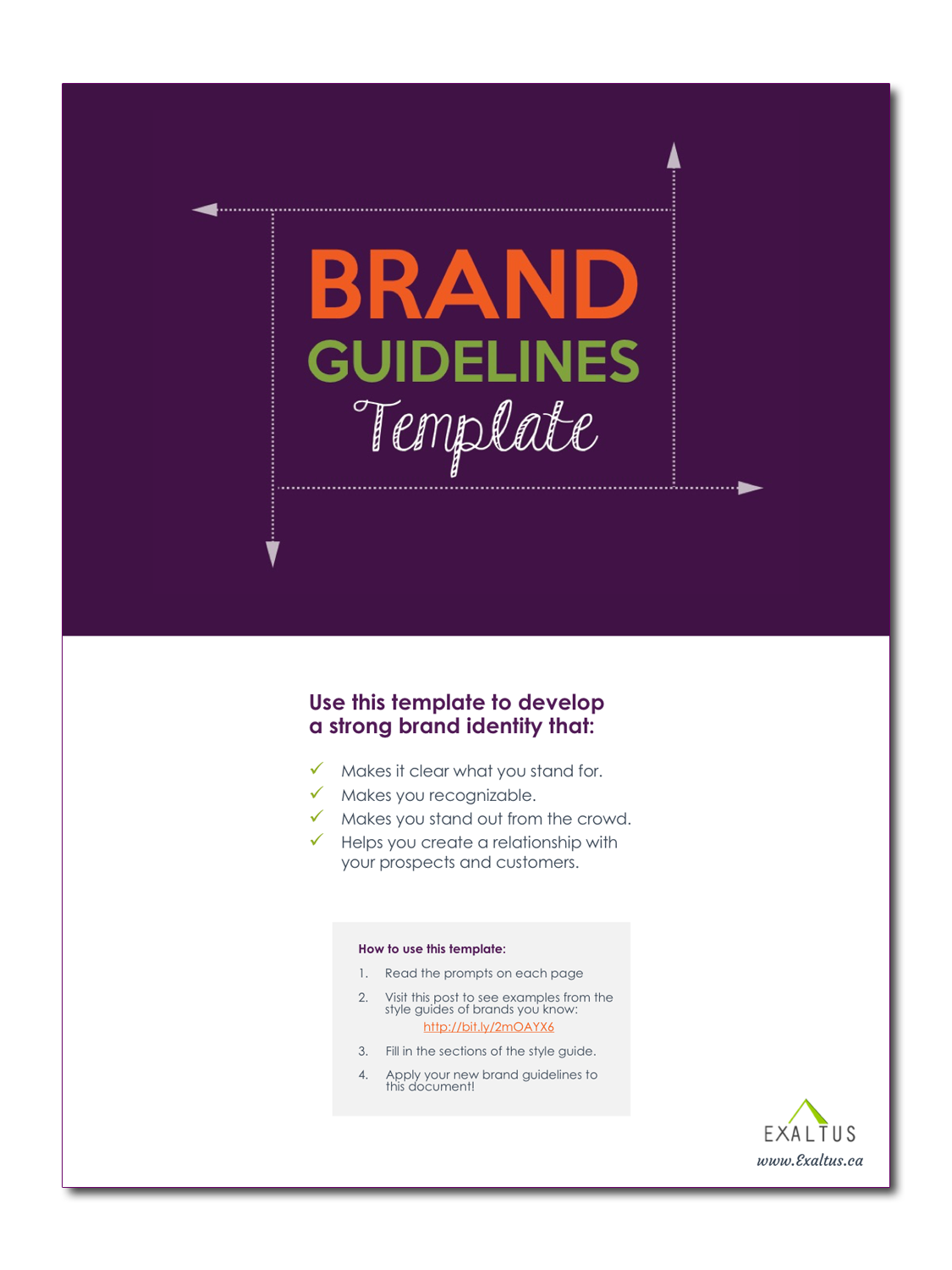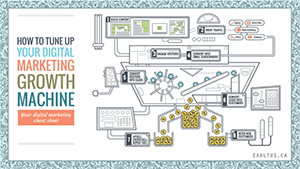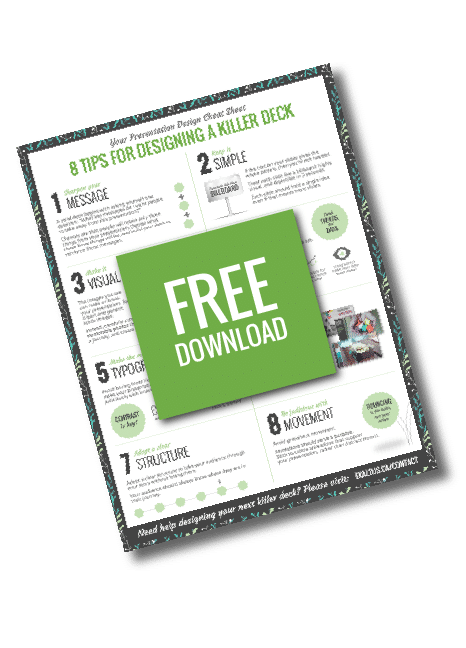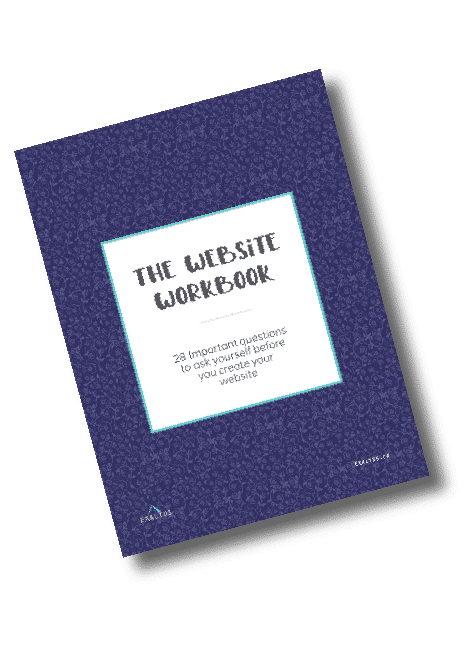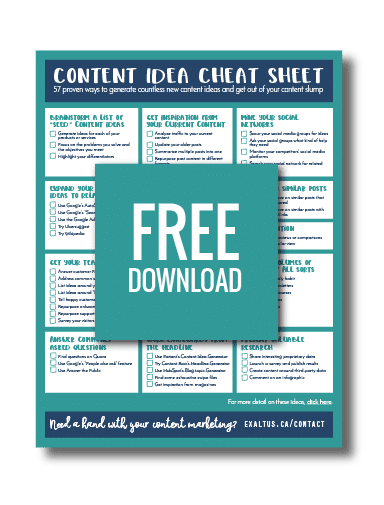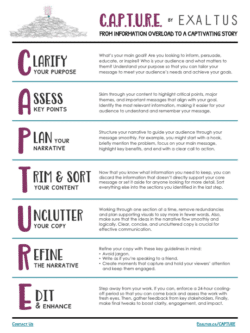In an age where attention spans are shrinking and information is abundant, the ability to convey complex and novel ideas in a compelling manner is not just an art, but a necessity.
Whether you’re an author, a public speaker, or someone who creates visual stories, mastering this art can set you apart.
In this article, I’ll explore techniques to unleash your creative potential and transform even the most intricate ideas into engaging narratives.
Simplifying complexity: the cornerstone of creative narratives
Grasping the core idea
At the heart of every complex topic is a core idea—an essence waiting to be uncovered. Before you embark on crafting a narrative, be it an academic paper, a business pitch, or a whiteboard animation, you must hone in on this central theme.
This process allows you to build a foundation upon which you can layer additional insights and perspectives.
Chunking information: the building blocks of understanding
Once you identify the core idea, the next step is to break it down into smaller, digestible segments. Known as “chunking,” this technique makes information easier to assimilate and remember.
Just as a complex puzzle becomes manageable when separated into pieces, a complex idea becomes clearer when its components are isolated and analyzed.
Need help cutting through masses of complicated information?
You might find the help you need in this video, where we share the Exaltus CAPTURE framework – our proven method for overcoming information overload and transforming it into captivating stories.
For more details, check out our post on overcoming information overload and download the companion CAPTURE cheat sheet.
The art of storyboarding: orchestrating your narrative
Building a visual roadmap
Storyboarding serves as an essential planning tool, providing a visual roadmap for your narrative. Initially rooted in filmmaking and extensively used in creating whiteboard animations, the concept of storyboarding can be applied universally to structure any storytelling form.
It enables you to see the big picture, ensuring that you weave your pieces of “chunked” information seamlessly into a coherent story.
Identifying key moments: the peaks of your story arc
A storyboard also helps you identify and emphasize key moments in your narrative. These pivotal points are your story’s climaxes—the high-impact scenes that capture attention and make your message unforgettable. Highlighting them ensures that they receive the focus and elaboration they deserve.

Create an emotional connection with your key stakeholders
Find out which eight organizational stories you can tell to emotionally connect with your key stakeholders, inspire them, and motivate them to act.
The power of analogies and metaphors: making the complex relatable
Bridging the gap
Analogies and metaphors serve as bridges between unfamiliar and familiar territories. By drawing parallels to everyday experiences, they simplify complex topics, making your narrative more accessible and relatable to your audience.
Creating memorable visuals
A well-chosen analogy or metaphor acts as a mental picture, rendering your narrative as unforgettable as a striking visual in a well-crafted whiteboard animation. It allows your audience to grasp complex ideas quickly and remember them long after the narrative ends.
Engaging the senses: crafting a multi-dimensional experience
Beyond visuals: the auditory and kinesthetic experience
A compelling narrative engages more than just the visual sense. Auditory elements like background music, or kinesthetic aspects like the pacing, can further enrich the experience.
This holistic approach can turn your narrative into an immersive experience.
Emotional resonance: the heart of connection
Tapping into the emotional spectrum can elevate your narrative from simply informative to deeply moving. Appeal to universal experiences and feelings to forge a deeper connection with your audience. When a narrative resonates emotionally, its impact becomes enduring and far-reaching. (For more insights on this topic, check out our post about emotional storytelling.)
Iteration and feedback: the road to refinement
The virtue of drafting and redrafting
No narrative is perfect in its first draft. Iterative refinement is essential to its development. Just like our whiteboard videos undergo multiple revisions to reach their final form, your narrative will benefit from cycles of review and adjustment.
The importance of external perspectives
Constructive feedback provides new vantage points that can make your story more engaging. These external insights can be invaluable for polishing your narrative, helping you view it through the eyes of your audience.
Unleashing creativity: more than a skill, a prerequisite
Creativity is not just about having a groundbreaking idea. It’s about articulating that idea in a way that captivates your audience.
By using techniques such as simplifying complexity, storyboarding, analogies and metaphors, and engaging multiple senses, you can elevate your storytelling and transform complex concepts into narratives that are not just understandable but also compelling.
Over to You
Ready to turn your complex ideas into captivating stories? Subscribe to our email list for more insights into the art of creative storytelling. And if you need help telling your stories, please get in touch. We’d love to help.

